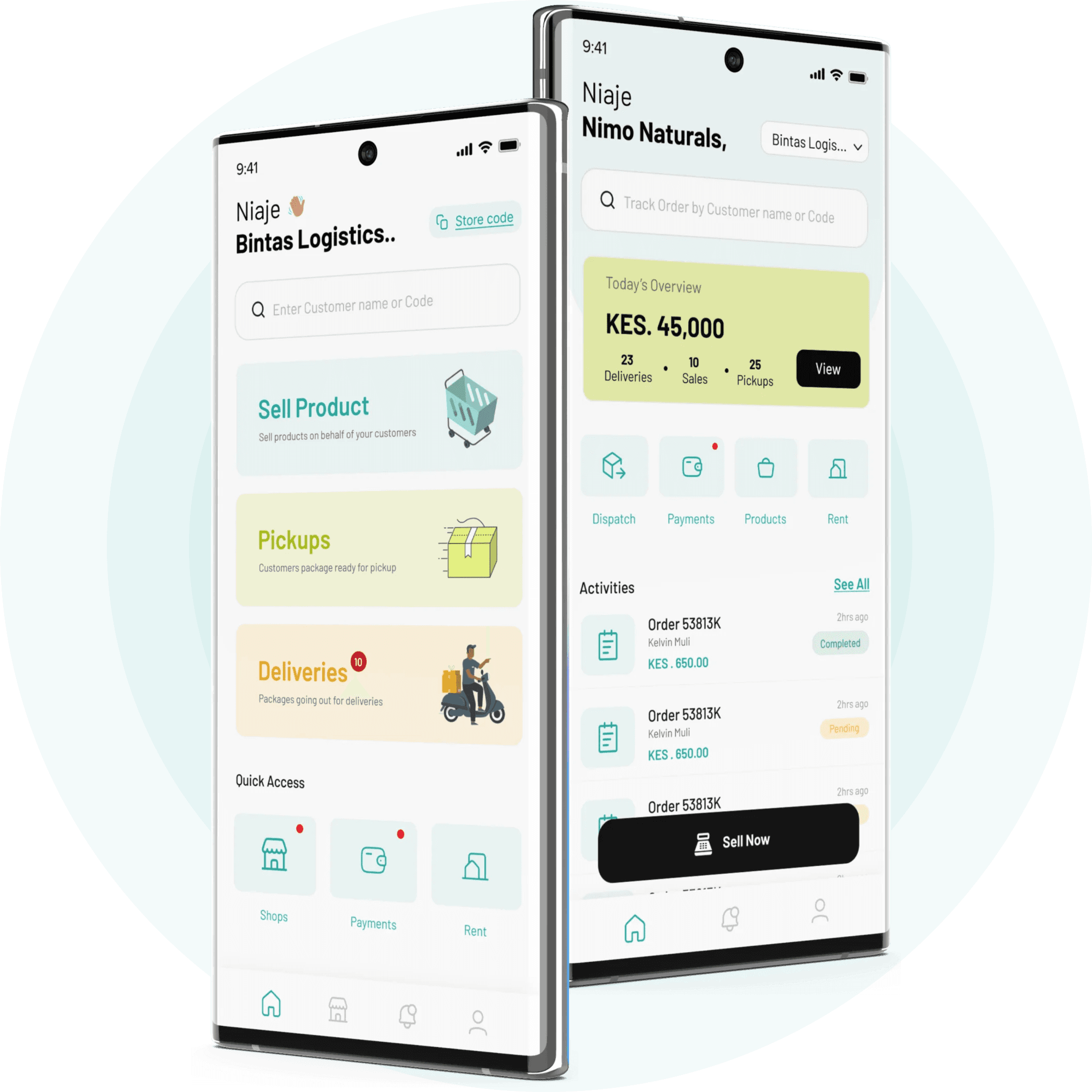Minimizing API Call Costs for Carbon Offset Companies
The Climate’s Wake-Up Call: Are We Listening? Nature seems patient, but when it strikes back, the consequences are severe. As we witness rising global temperatures and extreme weather events, technology offers hope especially through electric vehicles and carbon offset solutions. However, a major challenge remains: the high cost of API calls for tracking carbon footprints.
0 mins read
Feb 12, 2025
By Peter Muhia

I sometimes find the climate to be quite vengeful. It's as if it patiently endures our actions for years, only to suddenly lash out. Despite this, I sense a patience in nature, as if it's giving us a chance, hoping that we will eventually change and start caring for it before it’s too late.
We humans can be quite perplexing at times. We cut down trees to build roads and houses, construct factories that dump waste into rivers, and opt for personal fuel-powered cars instead of using public transportation to reduce pollution. The list is endless. We often ignore the climate until we're hit with the shock of extreme weather events, rising global temperatures, melting glaciers, shrinking sea ice, and record-breaking heat. It's only in these moments that we realize the consequences of our inaction.
In the wake of climate change becoming a harsh reality, people have begun taking steps to better care for the environment. Visionaries like Elon Musk established Tesla and are tirelessly working to ensure that electric vehicles become a viable solution to reduce our carbon footprint. We have other great founders who are building carbon offset companies.
The world is definitely shifting towards electric vehicles, which is a positive development as it significantly reduces the carbon footprint compared to gasoline-powered vehicles. However, it's important to note that electric vehicles still have a carbon footprint, albeit much lower. Another benefit of electric vehicles is that they allow us to collect data that can help calculate our carbon footprint.
We can gather information such as the source of the electricity used for charging, emission data, grid carbon intensity, and other relevant metrics. This data is essential for accurately assessing the overall carbon footprint. To obtain this data, APIs are integrated into the mobile application, allowing the system to automatically collect the information and calculate the carbon footprint. It's encouraging to see people taking responsibility and striving to mitigate their environmental impact.
However, an important challenge that needs to be addressed in this article is the cost of API calls. At Glitex Solutions, based in Nairobi, Kenya, we develop mobile applications. Several carbon offset companies have approached us to create their carbon offset apps. A common concern among them is the high cost of API calls.This got me thinking about how to reduce these costs, whether through data aggregation or other methods. By lowering these costs, we can make essential data more accessible to a greater number of carbon offset companies. As a result, having more carbon offset companies will contribute to better climate management and a healthier planet.

